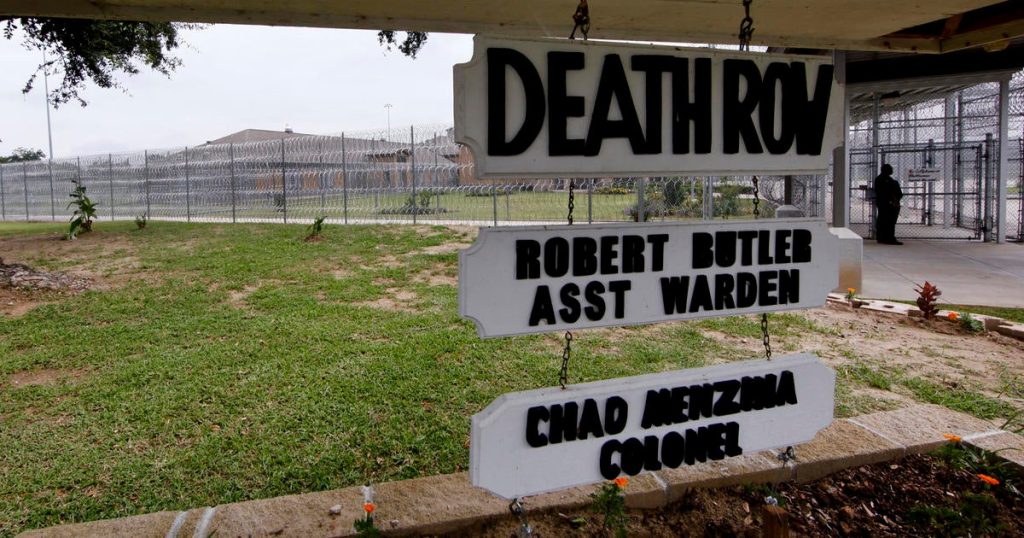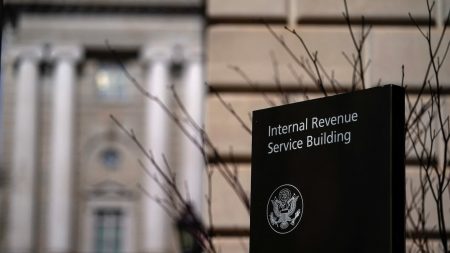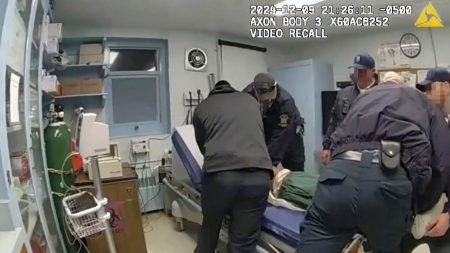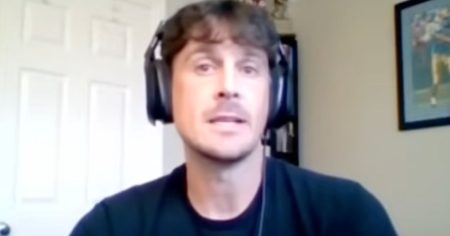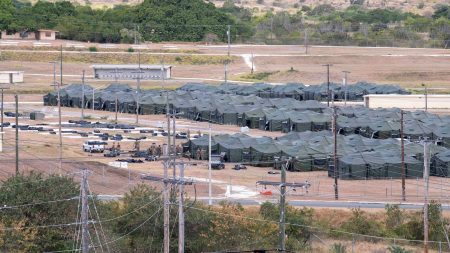Louisiana Resumes Executions After 15-Year Hiatus: A Controversial Step Forward
After a 15-year pause, Louisiana has announced plans to resume executions, reigniting a controversial debate over capital punishment in the United States. The state’s updated execution protocol, revealed by Governor Jeff Landry’s office, outlines the use of nitrogen hypoxia as a method of execution. This decision comes amid ongoing legal challenges, political opposition, and difficulties in obtaining lethal injection drugs, which have stalled executions in Louisiana since 2010. With 63 inmates currently on death row, the state is once again preparing to carry out death sentences, marking a significant shift in its approach to capital punishment.
The Rise of Nitrogen Hypoxia: A Experimental and Controversial Method
At the heart of Louisiana’s new execution protocol is nitrogen hypoxia, an experimental method that has sparked intense debate across the country. Approved by state legislators last year, this method involves suffocating an inmate by replacing oxygen with nitrogen gas through a face mask. While lethal injection remains the default method, nitrogen hypoxia and electrocution are now authorized as alternatives. The use of nitrogen hypoxia is particularly contentious, as it has been tried only a handful of times in U.S. history. The most notable case was in Alabama in January 2024, where the execution of Kenny Smith was widely criticized as potentially torturous, with witnesses describing the process as disturbing and inhumane.
Despite the lack of widespread understanding or precedent, Louisiana, Alabama, Mississippi, and Oklahoma have all approved the use of nitrogen hypoxia, with Ohio and Nebraska also considering its adoption. The method’s experimental nature has raised alarm bells among legal experts, medical professionals, and human rights advocates, who argue that it lacks sufficient scientific backing and ethical rigor.
The Execution Protocol: Vagueness and Uncertainty
Louisiana’s nitrogen hypoxia protocol, while lacking in detail, appears to mirror Alabama’s approach. According to the summary released by the state, the process involves placing a mask on the inmate’s face and administering pure nitrogen gas until death is confirmed. The coroner is then tasked with verifying the inmate’s death. However, this vague outline has done little to quell concerns about the humanity and constitutionality of the method. Critics argue that the lack of transparency and scientific validation underscores the risks of subjecting inmates to an unproven and potentially cruel form of execution.
The state’s decision to move forward with nitrogen hypoxia also raises questions about the broader implications for justice and accountability. Governor Landry has framed the resumption of executions as a fulfillment of legal obligations and a step toward closure for victims’ families, stating, “The time for broken promises has ended; we will carry out these sentences and justice will be dispensed.” However, legal challenges and public outcry are likely to delay, if not derail, the state’s plans.
Ethical and Legal Challenges: The Road Ahead
The resumption of executions in Louisiana is far from certain, as the state faces significant legal and ethical hurdles. Advocacy groups, attorneys, and medical experts are expected to mount fierce opposition, arguing that nitrogen hypoxia violates the Eighth Amendment’s prohibition of cruel and unusual punishment. The method’s experimental nature and the lack of robust scientific testing further complicate its legality.
Additionally, the moral implications of capital punishment remain a divisive issue in American society. While some argue that executions deter crime and provide justice for victims’ families, others contend that the death penalty is inherently flawed, disproportionately targeting marginalized communities and risking the execution of innocent individuals. Louisiana’s decision to proceed with nitrogen hypoxia has reignited these debates, forcing the nation to confront the ethical complexities of capital punishment once again.
A Broader Trend: The Evolution of Execution Methods in America
Louisiana’s embrace of nitrogen hypoxia reflects a broader trend in the United States, as states grapple with the challenges of carrying out executions. The decline of lethal injection as a viable option, due to drug shortages and legal challenges, has prompted states to explore alternative methods. While some have turned to older practices like electrocution or firing squads, others, like Louisiana, are experimenting with nitrogen hypoxia, despite its untested nature.
The adoption of this method by multiple states highlights the fragmented and often controversial nature of capital punishment in America. As Louisiana and other states move forward with nitrogen hypoxia, they are setting a precedent that could shape the future of executions nationwide. However, the uncertainties and controversies surrounding this method ensure that the debate over capital punishment will remain a contentious and deeply personal issue for years to come.
In conclusion, Louisiana’s decision to resume executions after a 15-year hiatus marks a significant but contentious step in the state’s approach to justice. The use of nitrogen hypoxia as an execution method has reignited debates over the ethics, legality, and humanity of capital punishment, both within Louisiana and across the nation. As the state navigates the challenges of implementing this experimental protocol, the broader implications for justice, accountability, and human rights remain





